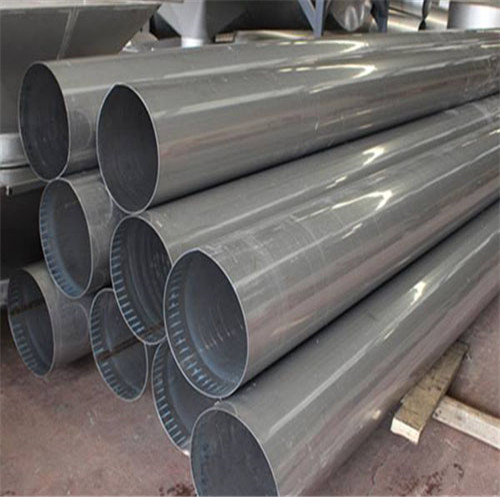In 201 stainless steel welded pipe in various corrosion. Intergranular corrosion accounts for about 10%. It will reduce the binding force between grains under the action of stress. It is very easy to produce cracked graves, even broken into powder, and very hidden. You can’t tell from its appearance. It is also the main cause of inducing other corrosion. The intergranular corrosion of austenitic stainless steel welded pipe is mainly caused by Cr deficiency in the grain boundary region. And C easily forms compounds with Cr. The Cr content is reduced. For this reason, the prevention of intergranular corrosion is:
1 Chemical composition and organization
(1)C content
The content of C in steel pipe is the main factor affecting the intergranular corrosion of welded austenitic stainless steel pipes. On the one hand, strictly control the C content. The carbon content of base metal and electrode is controlled below 0.08%; On the other hand, stabilizers such as Ti.Nb are added to the base material and welding material. The affinity with C is strong, so that carbon binds to it before Cr. To produce stable compounds.
(2) biphase structure
The biphase structure will greatly improve the resistance to intergranular corrosion. On the one hand, the addition of human ferrite forms elements. Such as chromium, silicon, aluminum, molybdenum, etc., so that the weld formed a biphase structure; On the other hand, choose welding materials with more ferrite forming agents.
2 Welding process
(1) The temperature is in the temperature range of 450-850 ° C, especially 650 ° C, which is the dangerous temperature zone (also known as the sensitization temperature zone) that is easy to produce intergranular corrosion. Therefore, when welding stainless steel welded pipe, it can be taken to pad copper plate under the weldment, or directly water and cool the back of the weldment, so that the rapid cooling between them can reduce the time spent in the temperature range. It is an effective measure to improve the corrosion resistance of joint.
(2) The increase of welding line energy. The corrosion of Austenitic stainless steel welded pipe will be accelerated. In the welding process, it can use small current and high welding speed. Short arc, multi-pass welding and other methods to reduce the line energy. Take low welding line energy. The intergranular corrosion of the heat affected zone is avoided by sensitizing the temperature zone quickly.
3 Post-welding treatment
After welding, the welded joint of the austenitic stainless steel welded pipe is reheated to 1050-1100℃. Re-solution treatment. Or reheat to 850-900℃. Hold for 2h for homogenization treatment. To eliminate poor areas.
 hui li yu steel
hui li yu steel

